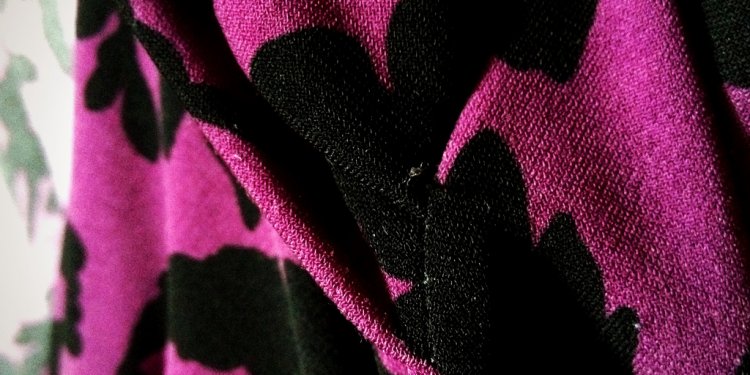February 7, 2020

Elastane material
| Acrylic | A synthetic fiber known for its wicking capabilities due to its quick drying time, Acrylic adds strength and durability to fabrics. |
| Bamboo | Made from the pulp of bamboo grass, Bamboo fabric is light and strong. It has wicking properties, is somewhat antibacterial, and is perfect for those with allergic reactions to other alternative fibers, like wool and hemp. |
| Combed Cotton | A type of extremely soft and lustrous Cotton subjected to an extra production step in which short fibers are removed, and remaining fibers are straightened. |
| Cotton | A natural fiber approximately 3/8 to 2 inches long, Cotton is perhaps the most popular fiber for fabric in the world. It is soft, comfortable and breathes well. |
| COOLMAX® | COOLMAX® is a series of specially engineered polyester fabrics with moisture wicking capabilities often used in active-wear. COOLMAX® fabrics are also resistant to fading, wrinkling and shrinking. |
| Latex | Latex is made with rubber and therefore tends to be skin-tight. It’s used in elastics to enhance elasticity and has similar qualities to Spandex. |
| Microfiber | Known for it’s moisture-wicking properties, Microfiber can be any manufactured synthetic fiber (poly or nylon.) Fabrics made with Microfiber are light-weight and durable, matching the qualities of natural fibers. |
| MicroModal® | MicroModal® is the Microfiber version of Modal and is perhaps more ideal for intimate apparel due to its superior softness. |
| Modal | Once considered an “artificial silk, ” Modal is a type of Rayon and is smooth, soft and breathes extremely well. An extremely luxurious fabric, it’s cool to the touch, absorbent and similar in texture to Silk or Cotton. Unlike Cotton, however, it is resistant to shrinkage and less likely to fade or pill. |
| Nylon | A synthetic fabric made from petroleum product, Nylon was first developed as an alternative to Silk. It’s lightweight, durable, resistant to damage, and has low moisture absorbency. |
| Organic Cotton | Made from non-genetically altered plants, Organic Cotton is certified when grown without the use of agricultural chemicals. |
| Organza | A semi-translucent, sheer fabric with a look and feel similar to Satin, Organza is a lightweight fabric blend of Nylon, Polyester, and Silk. |
| Pima Cotton | With longer fibers than Cotton, Pima Cotton is known for its durability and absorbency. |
| Polyester | An extremely durable synthetic fiber, Polyester has superb strength, resilience and generally does not wrinkle. It is quick drying, maintains shape and is known for it’s ability to hold color well. |
| Rayon | A manufactured fiber made of regenerated cellulose derived from plant materials, Rayon has a soft and comfortable Silk-like feel. |
| Ring Spun Cotton | Reproduced on ring frame equipment, Ring Spun Cotton is fine and extremely soft. |
| Satin | A glossy fabric, Satin is made with Polyester, Acetate, Nylon and Rayon. Extremely soft, it is traditionally glossy on one side, and dull on the other. |
| Silk | A filament fiber formed from proteins secreted by silkworms, Silk is known for its softness, insulation and strength. |
| Spandex | Spandex, also known as Elastane, is a synthetic fiber made from polyurethane. An alternative to Latex, it is lightweight, elastic, durable, and resistant to moisture. |
| Supima® Cotton | Supima® Cotton is the highest quality Cotton. It is made from long fibers, and provides a higher quality fabric than other Cottons. |
| Viscose Rayon | Viscose is the oldest manufactured fiber, and is ideal for intimate apparel. It is soft and lightweight, and provides exceptional wicking capabilities. Fabrics made with Viscose Rayon are typically silk-like, and feel somewhat heavy against the skin. |

















